The Bird of Paradise Plant Care Guide

This isn’t a do not buy post by any means however, this post is more of a before you buy consider this first. I find Bird of Paradise plants to be one of my favorites in my collection. I love the huge foliage and how each new leaf is bigger than the last.
The BOP is a great and easy to care for indoor plant however this plant isn’t for everyone due to its very large growth habit.
I’ve put together this Bird of Paradise Plant Care Guide to help you learn everything you need to know before you bring this plant home or if you’ve already brought it home this guide will help you grow a happy healthy plant.
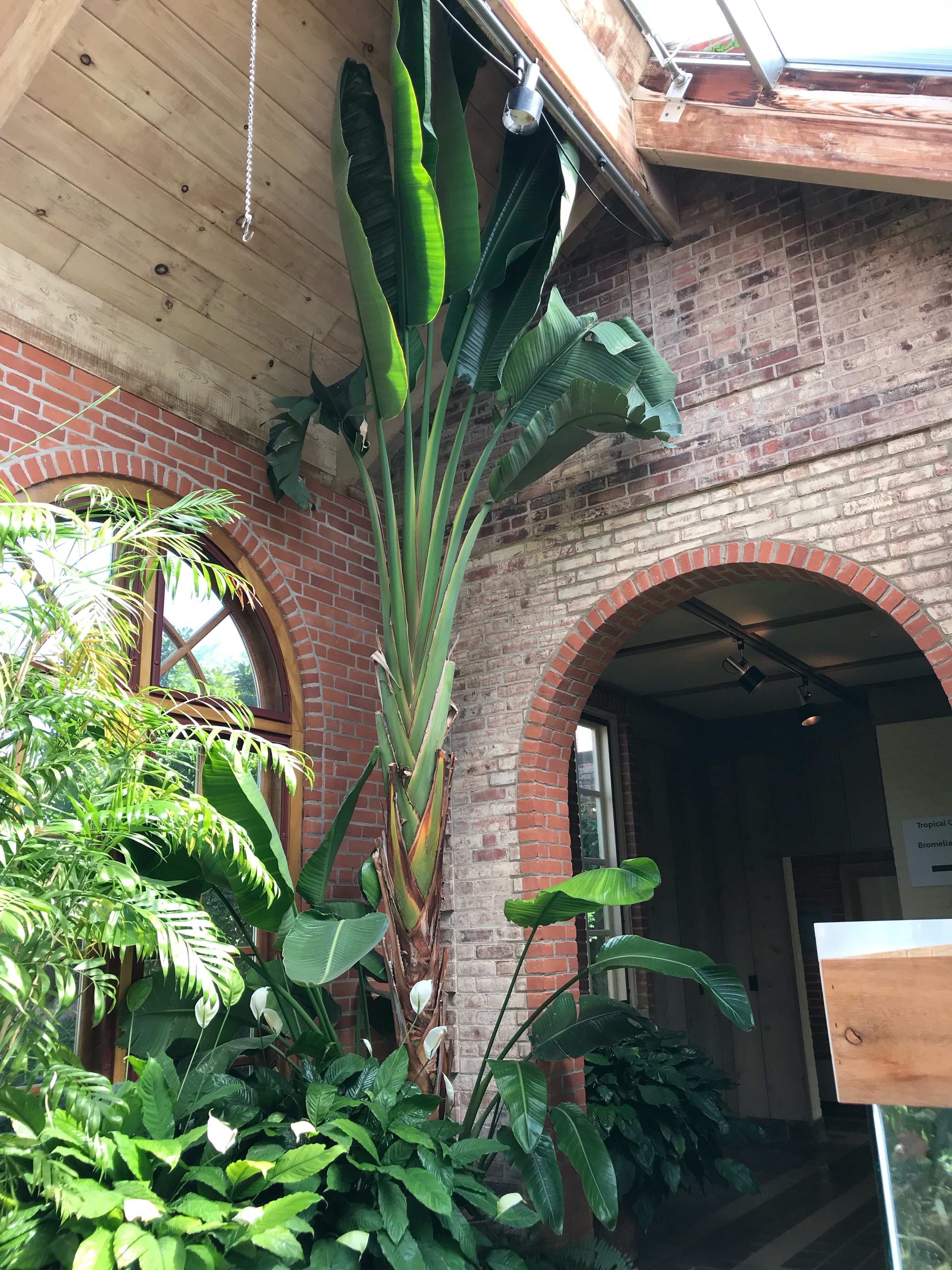
This blog post may contain affiliate links. I may earn a small commission to fund my houseplant habit if you use these links to make a purchase. You will not be charged extra, and you’ll keep me in the garden. It’s a win for everyone, really.
The Bird of Paradise is a very fast grower. It can double its size in one year, given the right growing conditions. So what are the right conditions for this plant?
Bops LOVE very bright light! Like direct sun type of bright light. My BOPs get at least 2-4 hours of direct light and the rest of the day they get very bright light.
Bird of Paradise plants, also known as Strelitzia plants, are known for their stunning large leaves, exotic flowers and tropical appearance in your home and garden.
They are native to tropical regions of South Africa and Madagascar and have become popular houseplants worldwide.
Characteristics of Bird of Paradise plants:
Appearance:
Bird of Paradise plants are easily recognizable and often confused with banana plants because of the shape of their leaves. Not only do they have gorgeous foliage they also have vibrant orange and blue flowers. The flowers are arranged in a bird-like shape, hence the name.
The plants can grow up to 10 feet tall and wide indoors and 30 feet outdoors, making them a bold and eye-catching addition to any home or garden.
Adaptability:
Despite their tropical origins, bird of paradise plants can adapt to a variety of indoor and outdoor environments. They prefer bright, indirect light and warm temperatures, but they can tolerate some shade and cooler conditions. They are also relatively drought-tolerant and can thrive in well-drained soil.
Easy Maintenance:
Bird of Paradise plants are relatively low-maintenance plants. They require occasional watering, fertilizing, and repotting, but they are generally quite forgiving and can withstand some neglect. Their robust nature makes them a good choice for beginners and experienced plant enthusiasts alike.
Symbolism:
Bird of paradise plants are often associated with positive symbolism, representing freedom, joy, and good fortune. They are also considered a symbol of paradise, reflecting their exotic beauty and tropical origins.
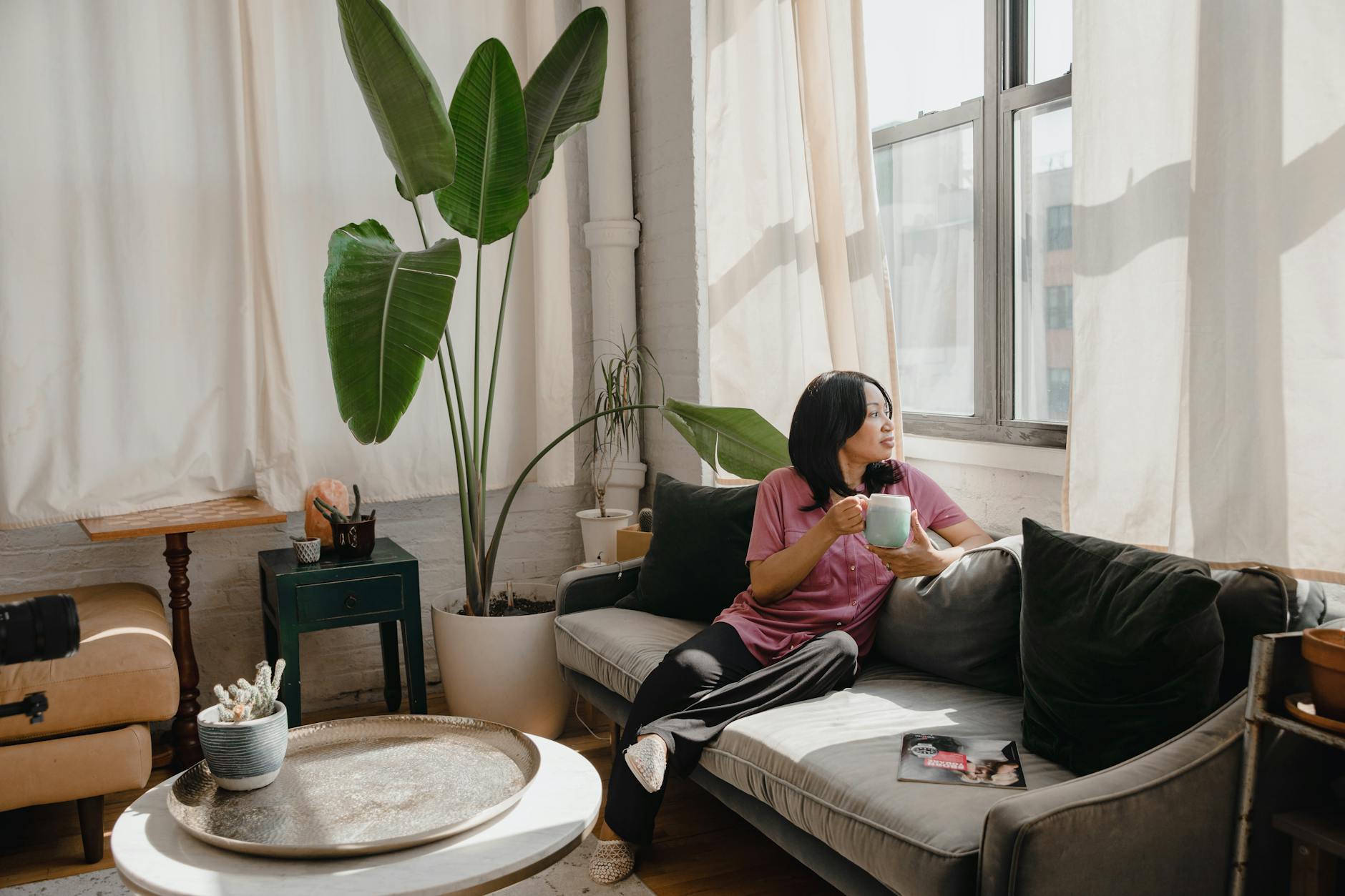
For 6 Plants that turn your garden into a Tropical Paradise read this!
If you’ve never seen a picture or video of the Bird of Paradise plant in its natural habitat it is a sight to behold and a rude awakening to those with small homes. This plant gets BIG like taller than your house big. Mature plants can be upwards of 30 feet tall!
I don’t think people really consider this fact before they bring this plant home. I know I didn’t. This plant needs room to stretch out and if you don’t have the space it’s best to leave this babe in the greenhouse.
Anytime you bring home new plants it’s a good idea to pull the plant out of the pot and check the root ball. It’s a great way to assess the plant’s true health. If you see nice white roots that look to be heading to the bottom of the pot that’s great!
If you see brown or black roots or roots that are swirling around at the bottom that’s not a good sign and you’ll need to take action. The good news is we will teach you how to take care of your plant below!
Bird of Paradise Varieties:
There are five main species of Bird of Paradise plants, each with its own unique characteristics.
- Bird of Paradise (Strelitzia reginae): This is the most common type of Bird of Paradise plant, and it is known for its large, orange and blue flowers. It can grow up to 10 feet tall and wide.
- White Bird of Paradise (Strelitzia Nicolai): This variety has white flowers with blue sepals. It is larger than the common Bird of Paradise, growing up to 30 feet tall and wide.
- Giant Bird of Paradise (Strelitzia Nicolai): This is the largest of the Bird of Paradise plants, growing up to 40 feet tall and wide. It has large, banana-shaped leaves and orange and blue flowers.
- Narrow-leaved Bird of Paradise (Strelitzia juncea): This variety has narrow, sword-like leaves and orange and blue flowers. It is more drought-tolerant than the other Bird of Paradise plants.
- Mountain Bird of Paradise (Strelitzia caudata): This variety has white flowers with blue sepals. It is the most cold-hardy of the Bird of Paradise plants, and it can grow in temperatures as low as 20 degrees Fahrenheit.
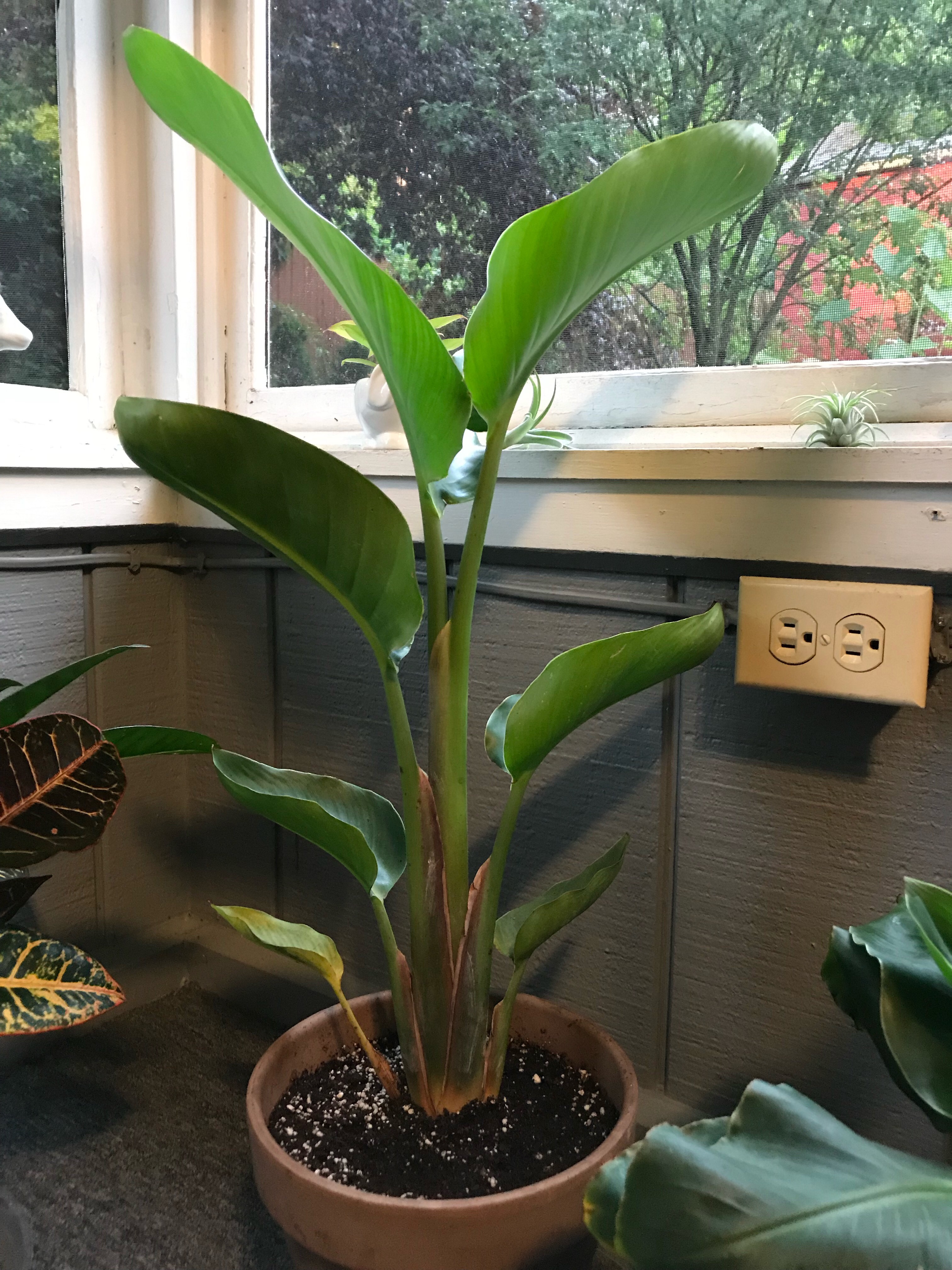
Bird of Paradise Plant Care
Light
Bird of Paradise plants thrive in bright, indirect sunlight. In their natural habitat, they happily grow in full sun but indoors they aren’t adapted to that amount of light.
Indoors they can tolerate direct morning sun, but avoid placing them in direct afternoon sun, which can scorch their leaves. To get your plant adjusted to brighter light you will want to transition it a little bit at a time.
If you are growing your Bird of Paradise indoors, place it near an East- or west-facing window ( after you transition). If you have limited natural light, you can supplement with a grow light.
More lighting tips:
- Rotate the plant regularly: This will help to ensure that all sides of the plant receive equal light and the plant doesn’t develop a lean.
- Avoid placing the plant near vents or drafts: This can cause the leaves to dry out or become damaged.
- Dust the leaves regularly: This will help to keep the leaves clean and allow them to absorb more light. You’ll be surprised at home much dust collects on these large leaves!
Water
Water your Bird of Paradise plant thoroughly when the top few inches of soil feels dry to the touch. This will depend on how big your plant and pot are.
A plant in a 4in pot will dry out quicker than a plant in a 20in pot. Allow the soil to dry down slightly between waterings, but do not let it completely dry out.
Watering too frequently can lead to root rot, while waiting too long to water can cause the leaves to yellow and brown. Confused yet?
I completely understand but you’ll begin to figure out when to water and how long you can go between waterings as you get to know your plant.
How to properly water your Bird of Paradise houseplant:
- Check the soil moisture: Before watering, check the top few inches of the soil to determine its moisture level. If the soil feels dry when you check, it’s time to water. If the soil still feels moist, hold off on watering for a day or two.
- Water thoroughly: When watering, provide enough water to thoroughly soak the soil until water runs out of the drainage holes at the bottom of the pot. This ensures that the entire root zone gets watered properly.
- Allow for drainage: Ensure the pot has adequate drainage holes to prevent waterlogging. Waterlogging can lead to root rot and major damage to the plant’s root system.
- Water less frequently during winter: During the winter months, when the plant’s growth slows down, reduce the frequency of watering. Allow the soil to dry out more between waterings. Always follow ques from your plants if you’re unsure. Like droopy leaves or curled leaves may mean it’s time for you to water.
- Use room temperature water: Avoid using cold water directly from the tap, as this can be shocking to your plant’s root system. Instead, use room temperature water or slightly warm water from your sink.
- Monitor plant’s response: Observe your plant’s response to your watering habits. If the leaves start to yellow or brown, it might be an indication of overwatering or underwatering. Adjust your watering frequency accordingly. Getting to know your Birds of Paradise plants will help you troubleshoot issues that may arise.
Humidity
Bird of Paradise plants prefer humid conditions, but they can adapt to average household humidity.
If your home is particularly dry, you can increase the humidity around your plant by misting the leaves regularly, placing it on a pebble tray filled with water, or using a humidifier.
A humidifier will create a consistent high humidity environment around your plant.
Temperature
Bird of Paradise plants prefer warm temperatures, ideally between 65 and 85 degrees Fahrenheit. They can tolerate cooler temperatures for short periods, but avoid exposing them to temperatures below 50 degrees Fahrenheit.
There’s only one Bird of Paradise species that can tolerate cold temperatures and it’s the Mountain Bird of Paradise also known as Strelitzia Caudata.
To help monitor the temperature and humidity in your home consider getting a Hygrometer!
How to fertilize your Bird of Paradise plant:
Bird of Paradise plants are relatively low-maintenance plants, but they do need to be fertilized occasionally to stay healthy and produce flowers.
Type of fertilizer
For Bird of Paradise plants, use a balanced liquid fertilizer with an N-P-K ratio of 1:1:1. This means that the fertilizer contains equal amounts of nitrogen (N), phosphorus (P), and potassium (K), which are the three essential nutrients for plant growth.
Fertilizing frequency
During the growing season, which is usually from early spring to fall, fertilize your Bird of Paradise plant every two to four weeks. In the winter, when the plant is dormant, reduce the frequency of fertilization to once a month or even less. When your plant isn’t growing as quickly it doesn’t need as much fertilizer.
To apply fertilizer, dilute it to half-strength according to the instructions on the label. Then, water the plant thoroughly, making sure the fertilizer reaches the roots. Avoid getting fertilizer on the leaves, as this can burn them.
How to apply fertilizer
Signs of over-fertilization
If you over-fertilize your Bird of Paradise plant, you may see signs such as brown or burned leaves, stunted growth, or salt buildup on the soil surface. If you see any of these signs, stop fertilizing the plant and flush the soil with water to remove excess fertilizer.
Additional tips
- Water your Bird of Paradise plant before fertilizing it to prevent root burn.
- If you are using a granular fertilizer, follow the instructions on the label carefully to avoid overfertilization.
- Organic fertilizers are a good option for Bird of Paradise plants, as they are less likely to burn the roots.
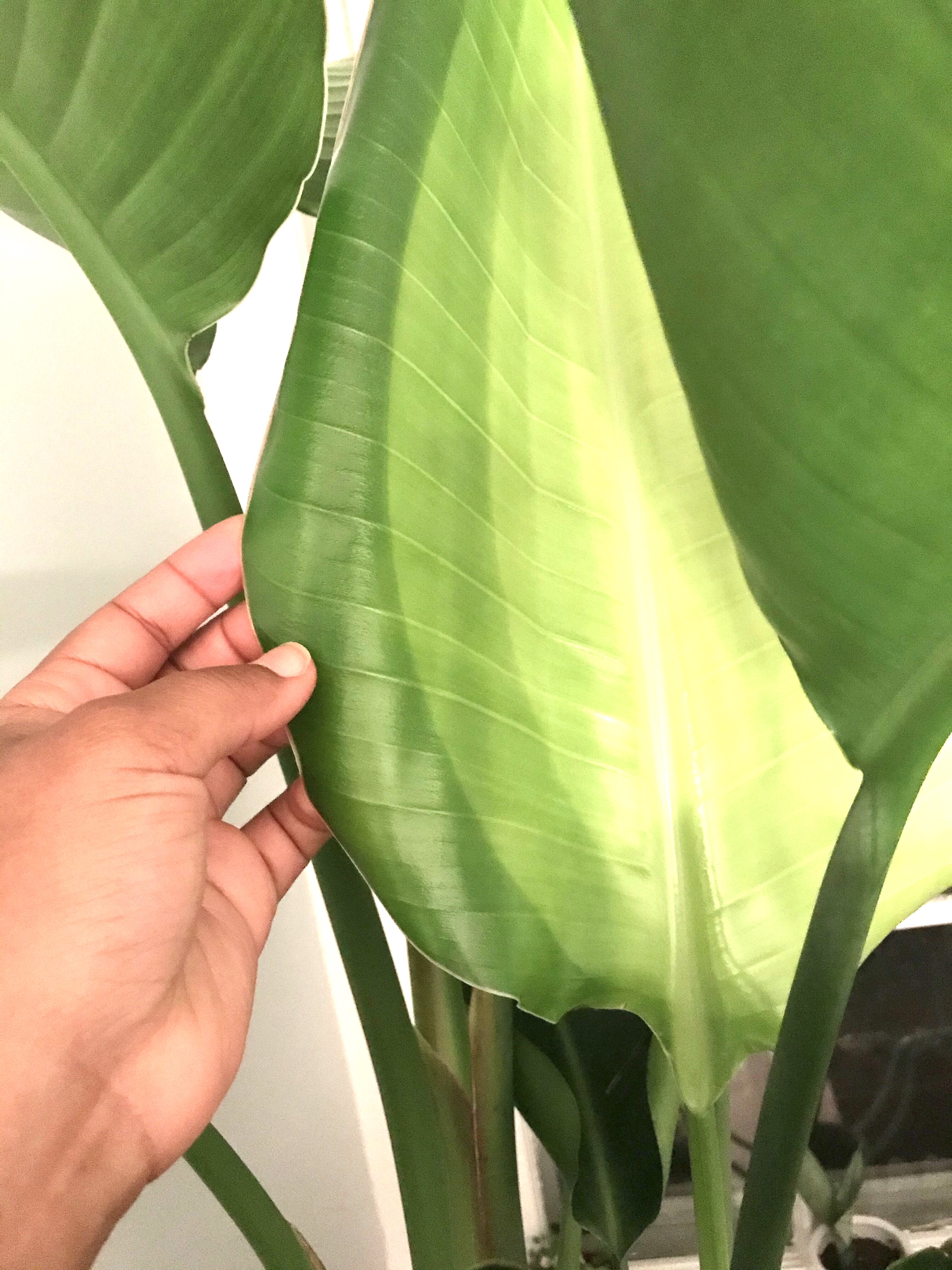
How to repot your Bird of Paradise plant:
Bird of Paradise plants can be slow growers indoors and typically only need to be repotted every few years. When it is time to repot, choose a pot that is one to two sizes larger than the current pot. Use a well-draining potting mix and make sure the pot has drainage holes.
Repotting a Bird of Paradise plant is essential for maintaining its healthy growth and encouraging blooming.
Repotting Steps:
- Remove the plant from the current pot: Gently turn the pot on its side and tap the edges to loosen the root ball. If the plant is tightly bound to the pot, use a butter knife or similar tool to carefully separate the roots from the pot’s interior.
- Loosen the root ball: Gently loosen the root ball with your hands to encourage new root growth in the fresh potting mix. Avoid applying excessive force, as this can damage the roots.
- Fill the new pot with potting mix: Add enough potting mix to the new pot to raise the plant’s crown (the base of the plant) to an inch or two below the rim of the pot.
- Position the plant in the new pot: Place the plant in the center of the new pot, ensuring the roots are spread evenly throughout the potting mix.
- Fill the pot with more potting mix: Carefully fill the remaining space in the pot with more potting mix, ensuring it is firmly packed around the roots but not compressing the crown.
- Water the plant thoroughly: Water the newly repotted plant generously until water runs out of the drainage holes. This will help settle the potting mix around the roots and provide initial hydration.
- Place the plant in a bright location: Return the plant to its usual location, ensuring it receives bright, indirect light.
- Monitor the plant’s response: Observe the plant’s response to repotting. If the leaves start to yellow or wilt, it may indicate stress or improper watering. Adjust your care accordingly.
Bird of Paradise Flowers
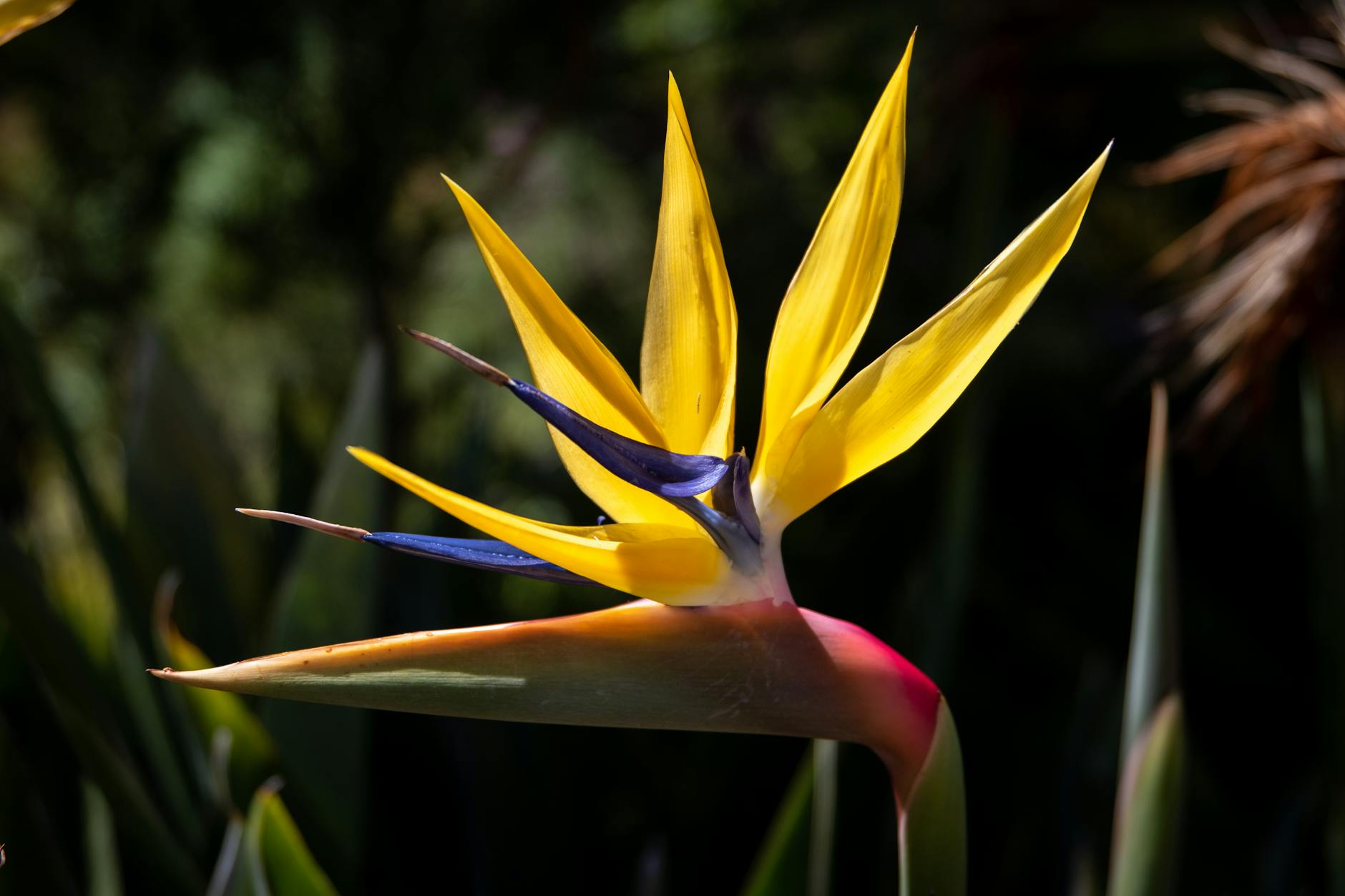
Encouraging a Bird of Paradise plant to bloom indoors requires replicating its natural tropical environment as closely as possible. This can be very difficult for many houseplant enthusiast.
Here are some steps to increase your chances of achieving indoor blooms:
- Provide Bright Light: Bird of Paradise plants thrive in a sunny spot. Place your plant near a west-facing or east-facing window, where it can receive at least six hours of sunlight daily. If natural light is limited, supplement with a grow light to ensure adequate illumination.
- Maintain Warm Temperatures: Bird of Paradise plants prefer a warm humid environment with temps ideally between 65 and 80 degrees Fahrenheit. Avoid exposing them to temperatures below 50 degrees Fahrenheit, as this can hinder their blooming potential.
- Water Deeply and Infrequently: Allow the soil to dry out slightly between waterings, as overwatering can damage the roots and discourage blooming. When watering, soak the soil thoroughly until water runs out of the drainage holes.
- Maintain Proper Humidity: Bird of Paradise plants prefer moderate to high humidity levels. If your home is particularly dry, mist the leaves regularly, place the pot on a pebble tray filled with water to or place a humidifier near the plant to increase humidity around the plant.
- Fertilize Regularly: During the growing season (early spring and summer), fertilize your Bird of Paradise plant every two to four weeks using a balanced liquid fertilizer diluted to half strength. This will provide essential nutrients for healthy growth and blooming.
- Repot When Necessary: Repot your Bird of Paradise plant every few years when it becomes pot-bound. This will provide fresh potting mix and more space for root growth, which can stimulate blooming.
- Exercise Patience: Bird of Paradise plants typically bloom after three to four years of maturity. Be patient and maintain consistent care, and your plant will eventually reward you with its vibrant flowers.
Remember, consistency is key to encouraging your Bird of Paradise plant to bloom indoors. If you can keep up with a good care routine you will be lucky enough to see your plant bloom!
Common Bird of Paradise Problems
- Yellowing leaves: Yellowing leaves can be caused by a variety of factors, including overwatering, underwatering, nutrient deficiency, and pests or diseases.
- Brown leaves: Brown leaves and brown edges can be caused by underwatering, sunburn, or pests or diseases.
- Curling leaves: Curling leaves can be caused by underwatering, overwatering, or low humidity.
- Dead leaves: It’s normal for old leaves to die off but if your younger foliage is dying
- Overwatering: Overwatering is one of the most common problems that can kill Bird of Paradise plants. The roots of the plant need to be able to breathe, and if they are constantly soaked in water, they will rot. Symptoms of overwatering include yellowing leaves, brown leaf tips, and wilting. To prevent overwatering, only water your Bird of Paradise plant when the top inch of soil is dry to the touch.
- Underwatering: Underwatering can also cause problems for Bird of Paradise plants. The leaves of the plant will start to droop and turn brown, and the plant may eventually die. Symptoms of underwatering include dry, crispy leaves, slowed growth, and drooping leaves. To prevent underwatering, water your Bird of Paradise plant deeply and thoroughly once a week.
- Pests and diseases: Bird of Paradise plants are relatively resistant to pests and diseases, but they can still be affected by a few problems. Common pests include spider mites, mealybugs, and scale insects. Symptoms of pests include webbing on the leaves, white cottony growths on the stems, and small, brown spots on the leaves. Common diseases include fungal leaf spots and bacterial wilt. Symptoms of diseases include brown or black spots on the leaves, wilting, and stunted growth.
- Low humidity: Bird of Paradise plants prefer humid conditions. If the air in your home is too dry, the leaves of your plant may start to brown and curl. To increase humidity around your Bird of Paradise plant, you can mist the leaves regularly, place the plant on a pebble tray filled with water, or use a humidifier.
- Improper lighting: Bird of Paradise plants need bright, indirect light to thrive. If your plant is not getting enough light, the leaves will start to yellow and your plant may not flower. To ensure your Bird of Paradise plant is getting enough light, place it near a south- or east-facing window.
- Nutrient deficiency: Bird of Paradise plants need a balanced fertilizer to stay healthy. If the plant is not getting enough nutrients, the leaves will start to yellow and the plant may not flower. To prevent nutrient deficiency, fertilize your Bird of Paradise plant every two to four weeks during the spring and summer months.
- Root rot: Root rot is a serious problem that can kill Bird of Paradise plants. Root rot is caused by a fungus that attacks the roots of the plant. Symptoms of root rot include brown or black roots, wilting, and stunted growth. To prevent root rot, make sure your Bird of Paradise plant is potted in well-draining soil and avoid overwatering.
- Cold damage: Bird of Paradise plants are tropical plants and cannot tolerate cold temperatures. If the plant is exposed to temperatures below 50 degrees Fahrenheit, the leaves may start to brown and the plant may die. To protect your Bird of Paradise plant from cold damage, bring it indoors during the winter months.
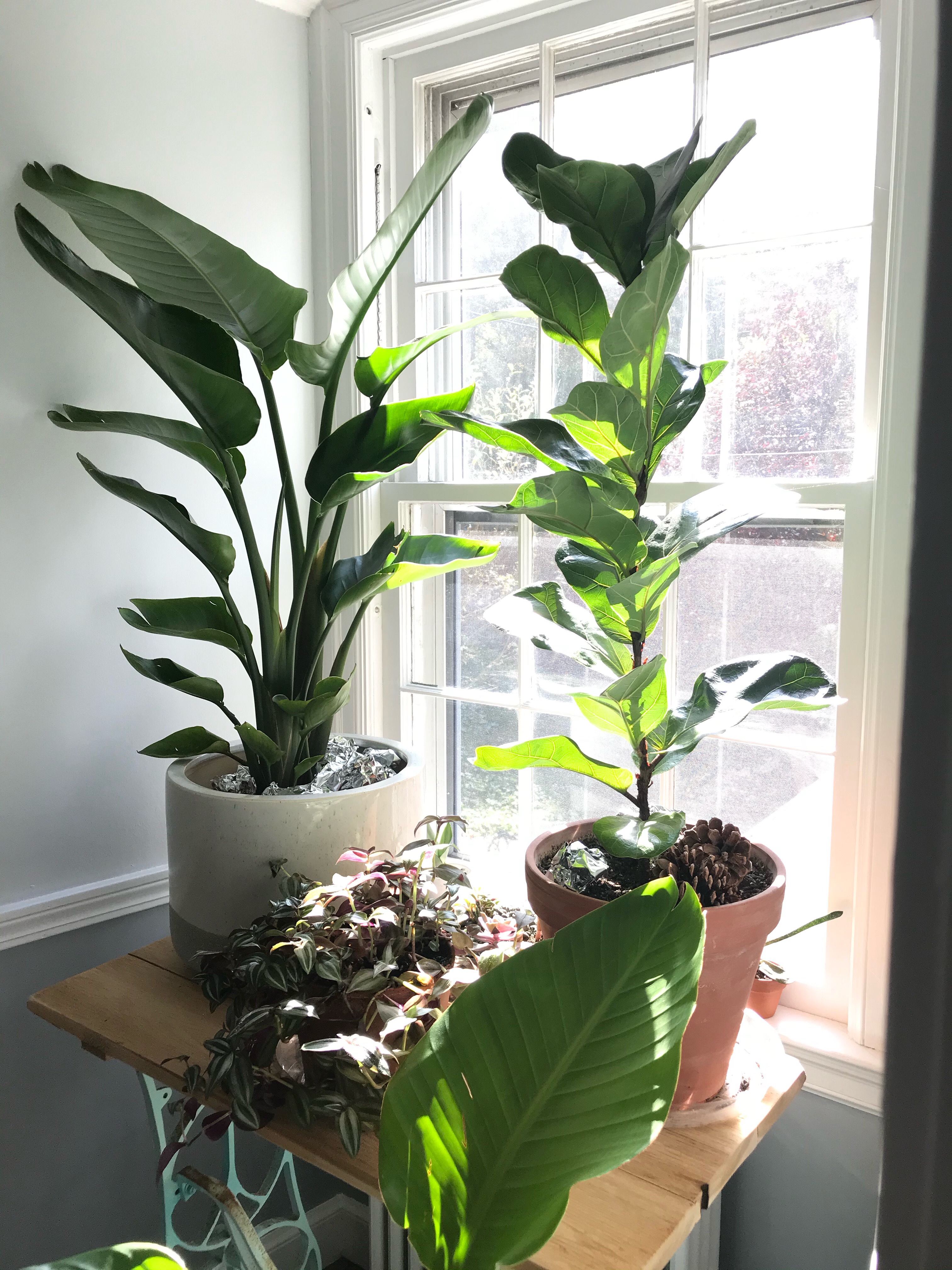
Now that you know just about everything there is to know about Bird of Paradise plant care you can now grow a big and healthy plant in your home!
Happy gardening!
Want More?
Houseplants are gorgeous living home decor. It is worthwhile learning how to properly care for them.
IF YOU LIKE THIS POST
You might also like these:
- How to properly water your houseplants
- Best soil to tropical houseplants
- Best Indoor Trailing Houseplants
We’d love to hang out with you on our social channels. You can subscribe to our blog and find us on Facebook, Youtube, Instagram and Pinterest! Feel free to reach out if you have any plant questions!
DISCLOSURE
This blog post may contain affiliate links. Which means if you click on a link and go on to buy the product I recommend, I may get a small commission at no extra cost to you.
Thank you for your support. It means the world to us!
The Thrifted Planter
Ciearra is a gardener and houseplant enthusiast of over 10 years! She has been growing indoors and outdoors. Supplying food for her family and beautifying her home with annuals, perennials and houseplants! Ciearra is passionate about sharing her knowledge of plant care with anyone who needs help or a quick plant growth tip! When she’s not blogging you can find her tending to her chickens, dogs and hanging out with her family
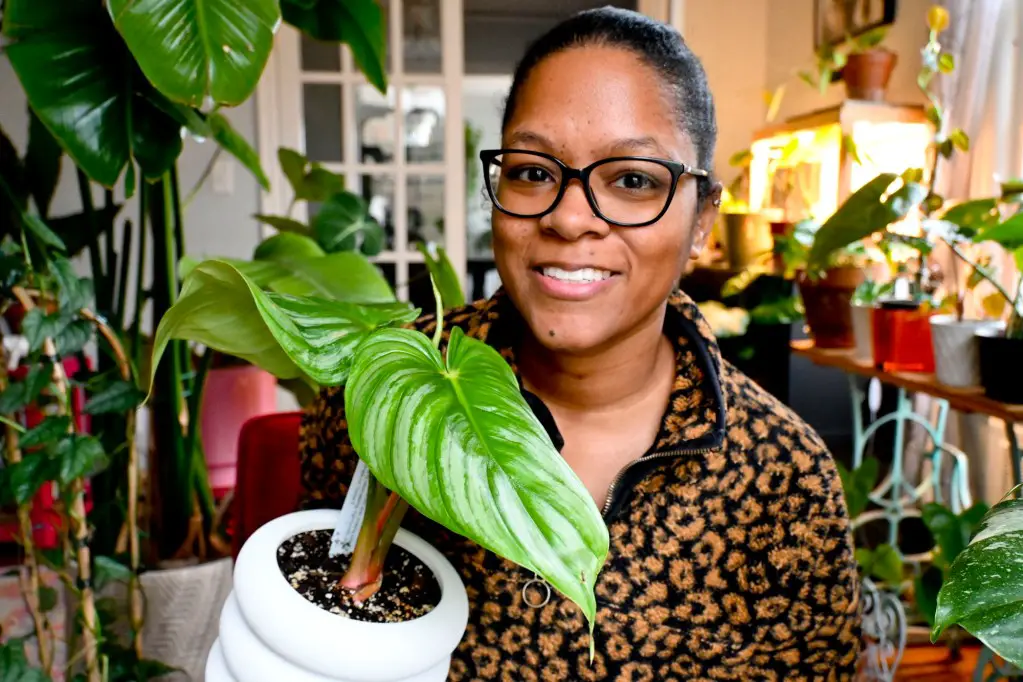



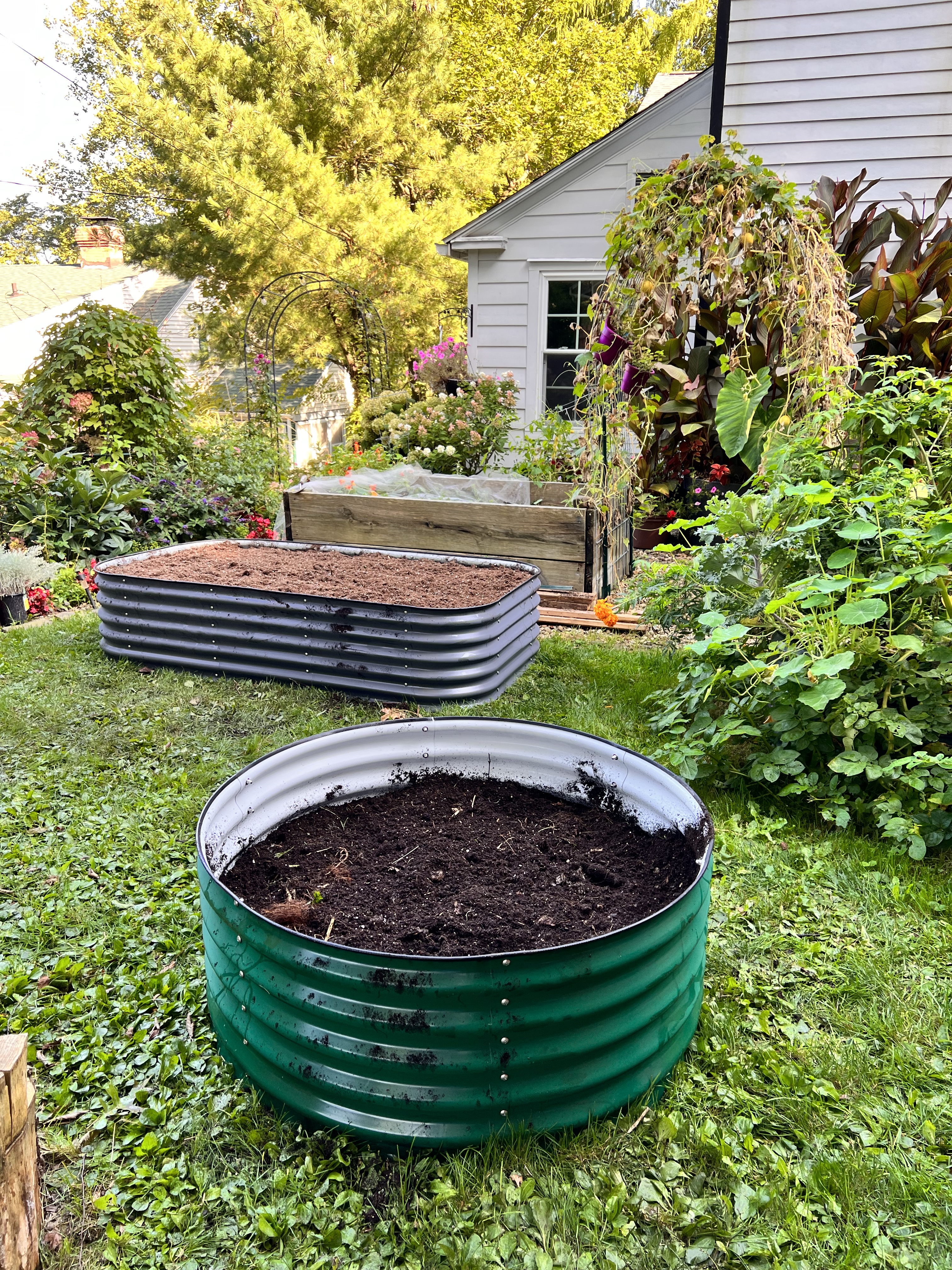




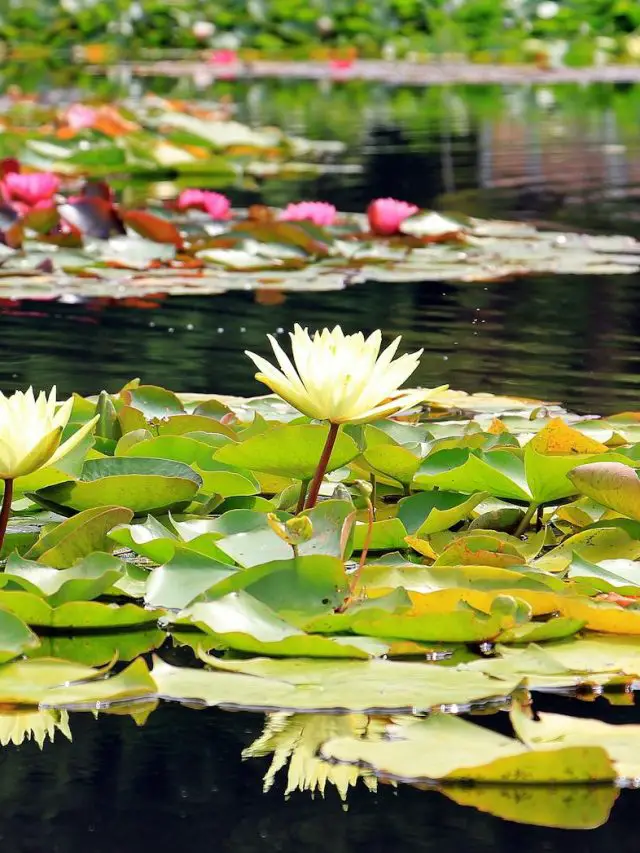
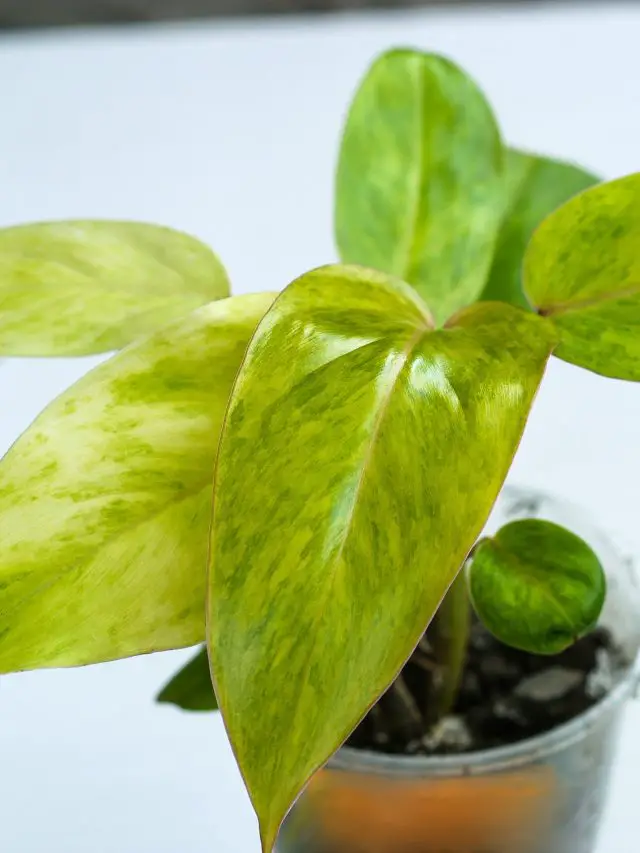

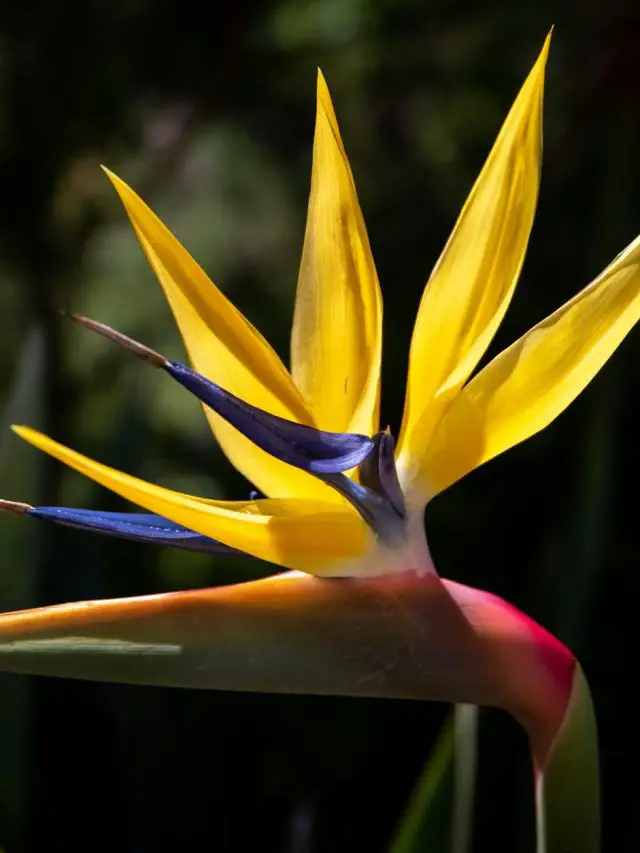
[…] Full Bird of Paradise Plant Care Guide […]